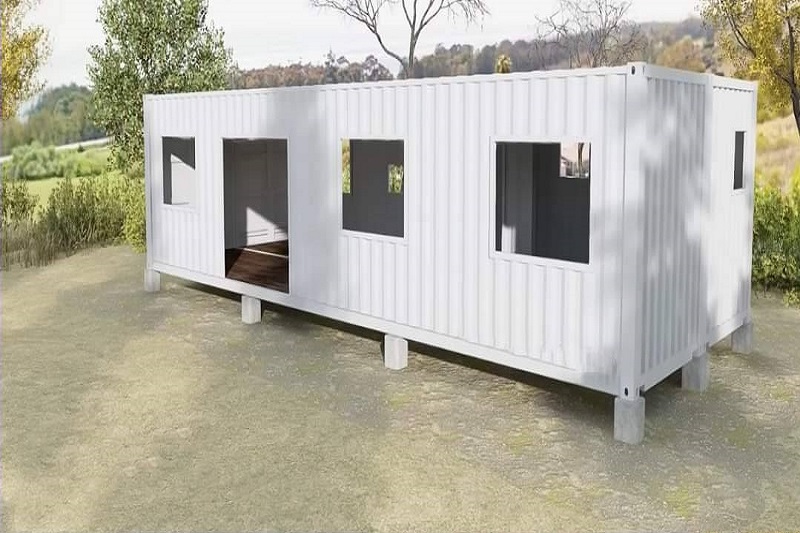Understanding the Construction Process of Prefabricated Homes
- 01:52
- By Daisy Andrew
- 0 Comments
Have you ever found yourself pondering over the intricacies of how your house came to be? Or observed the tedious construction sites and wondered if there was a less cumbersome yet equally efficient way to erect a home? The future of home manufacturing may lie not in bricks and mortar, but in prefabrication. If this term sparks a hint of curiosity within you, then this comprehensive guide is right up your alley. We will be delving deeper into the production process involved with prefabricated homes, lifting the lid on the pros and cons, and generally building a clearer picture of these intriguing constructs.
Perhaps you're visualizing those quaint little holiday homes or the rigid, boxy structures from the 60s? Rethink, as prefabricated homes have evolved plentifully over the decades. They now stand as a testament to advancements in technology and design, breaking the norms and constraints of traditional construction. The question now arises, what are prefabricated homes, and how are they constructed?
We'll kick things off by addressing the who, what, when, and why's related to prefabricated homes. Subsequently, we'll be scrutinizing the various components and steps involved in the construction process, before wrapping things up by discussing the benefits and drawbacks of opting for prefabricated homes.
What Are Prefabricated Homes?
Prefabricated Homes or 'Prefab' homes can be best described as homes that are pre-built in factories, rather than the traditional on-site approach. But what sets these homes apart from conventional residential constructions? Let's delve into three key aspects to understand this better: Modularity, versatility, and speed of construction.

The Modularity Factor
This factor revolves around the concept of producing standardized units or 'modules', which are then assembled on-site to complete a dwelling. This approach offers tremendous flexibility, as homeowners can have these modules designed and arranged to best suit their needs.
Versatility at Its Best
The second major characteristic is versatility. If you've ever marvelled at an ultra-modern townhouse or a country-style cottage, you might be surprised to know that these structures could have been prefabricated. From the interiors to the exteriors, each element can be customized according to the homeowner's individual style and preferences.
Speed of Construction
Finally, the speed of construction is a key comparative advantage of prefabricated homes. Since manufacturing runs parallel to site work, a reduction in the overall construction timeline is realized, which is an attractive prospect, especially for those eager to move into their new homes.
The Construction Process of Prefabricated Homes
The construction involves a systematic sequence of steps, starting from the design stage and culminating in the assembly and finishing touch-ups. However, despite this step-by-step nature, the real beauty of prefabricated construction lies in the seamless integration of these different stages, producing a cohesive and high-quality end product.
Pros and Cons of Prefabricated Homes
As in every realm, prefabricated homes also have their share of advantages and disadvantages. While the benefits include cost-efficiency, better build quality, and speed, the downsides involve potential logistical hurdles, site-related constraints, and at times, issues with financing options.

Conclusion
In a rapidly evolving industry, prefabrication represents a leap in the development of residential construction. Although it does have a unique set of challenges, the perks are potential game-changers. Irrespective of its drawbacks, aesthetics and affordability remain the essential values of these homes, making them an increasingly popular choice among discerning homeowners.
Ultimately, understanding the model of prefab homes may lead you to reconsider your perception of the cities and neighbourhoods of tomorrow. Considering the exciting new advancements and persistent drive for innovation, this simplified construction process could not only redefine home manufacturing but also transform how we perceive the concept of 'home'.





0 comments
Note: only a member of this blog may post a comment.